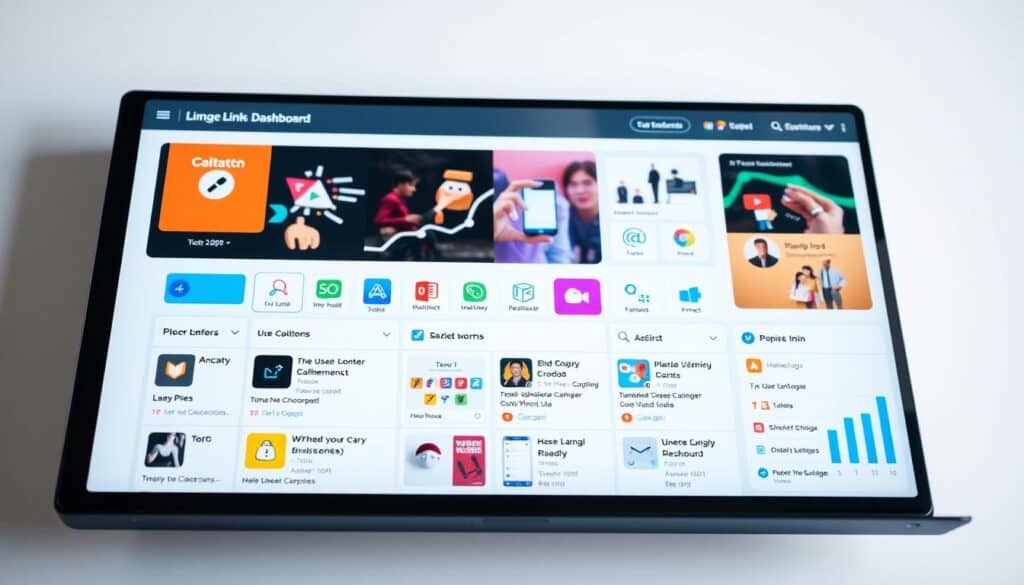Collecting Addresses Through a Address Collection Site
Addresses can be a time-consuming, daunting task during the COVID outbreak. A centralized list can make gathering addresses for weddings or events much simpler.
Create a website with your own URL. Share this link with your family and friends to request their mailing addresses, birthday information as well as phone numbers. Your new website will keep all of this info for you, free of cost, limitation or hassle.
Collecting addresses
The process of obtaining addresses for a wedding is essential. It can be done in a variety of ways, both digitally as well as traditional. The most efficient method to collect addresses and compile them is to use a website that can help you in this process. click this link are designed to be simple to use and share with your family and friends so they can add their details online. You can download the information at any time in a CSV or spreadsheet. These websites are generally free to use, and they will never store or sell your address information.
One of the most sought-after digital options is a website known as Mailbook. The site assists couples to collect and organize the information they require for their invitations. After you sign up for a free account you will receive a unique link that can be shared via text message, Facebook or email. The link will prompt users to add their address information and will then automatically save it in an individual contact list. The service offers a variety of features that will simplify the wedding planning process for couples.
Apps for smartphones and tablets are another option to organize and collect addresses. These apps can be used to design custom envelopes and labels to mail invitations and thank you cards. These apps are generally free to download and have a variety of features that can be beneficial to plan your wedding.
There are many ways to collect addresses. Combining manual and digital methods can be the best method to ensure that everyone receives an invitation. In addition to making the process more efficient, having a centralized list of addresses can also make it easier for you to communicate with your wedding vendors and cross off the other items on your wish list.
Mobile Apps
Every mobile phone has an address book application. This is often called "Contacts." The apps also come with other tools that help manage personal information. Some have the ability to backup and synchronize data which allow you to transfer data and contacts between different devices. Others offer special features, like a social compass which informs friends of each other's presence or a caller ID service that allows users to exchange contact information in just a single click.

CircleBack (Free/iOS) merges new data from social media to remove duplicate entries and improve the information on contacts. The app also identifies the absence of information, such as job titles and alert users when a contact is updated on a different device.
Stat Trak Address Book (FreeStat Trak Address Book (Free Windows) is an intuitive software application for storing contact information and printing addresses books and labels. Its features that can be customized allow you to store additional information in notes and group data into categories. The software lets you recall contacts using their first or last name and provides birthday reminders. It can also analyze business data with detailed reports and helps in automating tasks. The software provides multiple printing options for envelopes and address labels with a template option to create your own designs.
Manual Methods
Addresses are an important piece of information that can be used for a variety of purposes, including emergency response, administrative, mapping, GIS and routing and navigation. They are collected by thousands of local jurisdictions, stored in various databases and records, and used for a range of purposes. The various formats and data types present unique challenges for the integration of these vital files into central databases. Software software can analyze and standardize this information, cleaning up errors and duplicate entries, and ensuring that the information is complete and accurate.
These programs are built on algorithms that utilize complex structures and databases like GeoPostcodes to test the quality of addresses and provide an evaluation report of the data's consistency and accuracy. The data is then integrated into the CSDGM to form one file. The program can also compare the file with authoritative databases to confirm its accuracy as well as current status.
While these programs may provide valuable functionality but they are usually expensive to install and maintain. They are also difficult to implement or use in large organizations, or by the public. In addition, they may be vulnerable to errors and bugs that could result in inconsistent or incomplete address data.
There are a few standards that can be used to support address-related data, including the Content Standard for Digital Geospatial Metadata(CSDGM), OpenGIS Simple Features Specification For SQL Revision 1.1 and the Geographic Information Data Model(OGDM). The OGC has a number of other standards that are more specifically focused on the address data, but they do not focus on the quality of information or reports.
The OGC has created three standards: ISO 19113, 19114, SDTS. ISO 19113, 19114, SDTS. These standards are focused more on describing and transferring address-related data. These standards provide tests of content for the various applications of this kind of metadata and ways to evaluate and report on the quality of the data.
A database is the most popular method of storing and storing address information. It can be as simple a spreadsheet or as complex as tables and data structures. This is a highly versatile and widely used tool, but it can be challenging to set up and manage, particularly in large organizations that have many users.
